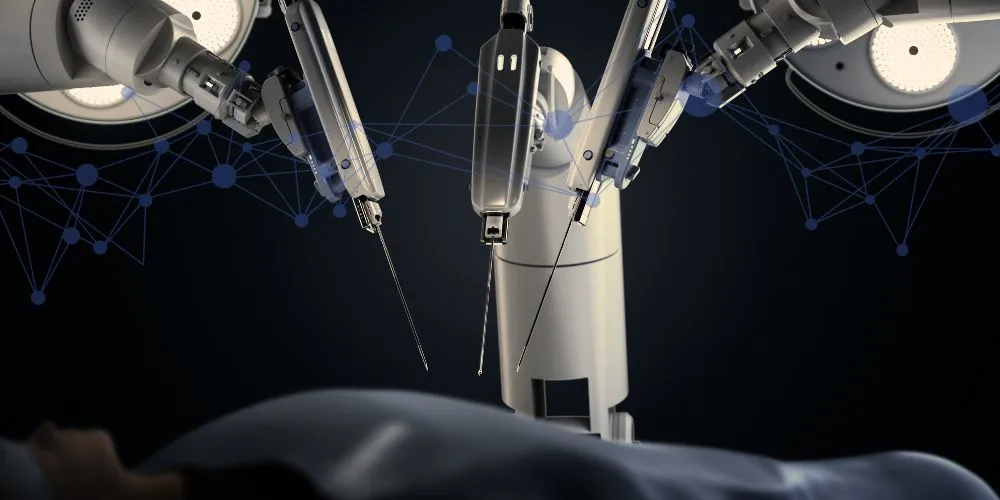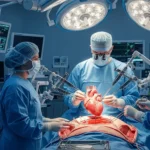The marriage of technology and medicine has given rise to one of the most transformative trends in healthcare: robotic surgery. This cutting-edge approach combines the precision of robotics with the expertise of surgeons to enhance medical procedures and patient outcomes. This article delves into the dynamic landscape of robotic surgery, highlighting its advancements, benefits, and potential to reshape modern healthcare.
Understanding Robotic Surgery
Robotic surgery involves using advanced robotic systems operated by skilled surgeons to perform intricate medical procedures with unparalleled precision. These robotic assistants enhance surgeon capabilities, enabling minimally invasive surgeries and fostering quicker patient recovery.
Minimally Invasive Procedures
Robotic surgery excels in minimally invasive procedures. The precision of robotic arms allows surgeons to make smaller incisions, reducing trauma to surrounding tissues and minimizing scarring. Patients experience less pain, faster recovery times, and reduced risk of postoperative complications, marking a significant advancement in surgical techniques.
Enhanced Surgical Precision
Robotic systems offer unparalleled precision. Surgeons manipulate robotic arms with greater dexterity and control, enabling delicate procedures that demand meticulous accuracy. This precision enhances the success of complex surgeries, from neurosurgery to cardiac procedures, ultimately improving patient outcomes and reducing the need for follow-up interventions.
Robotic Surgery in the Modern Era
As technology evolves, robotic surgery keeps pace with innovative advancements. From improved imaging systems to haptic feedback mechanisms, these innovations enhance surgeon skills and expand the scope of procedures that can be performed robotically.
3D Imaging and Visualization
It benefits from advanced 3D imaging technology, providing surgeons with enhanced depth perception and high-resolution visuals. This immersive visualization enables surgeons to navigate complex anatomical structures with precision, reducing the risk of accidental damage and increasing the success rate of procedures.
Haptic Feedback for Surgeon Sensation
Innovations in robotic surgery now incorporate haptic feedback mechanisms. Surgeons can feel the resistance and texture of tissues, akin to traditional surgery, enhancing their tactile perception during robot-assisted procedures. This “sense of touch” empowers surgeons to make real-time adjustments, contributing to safer and more successful outcomes.
Revolutionizing Specialized Surgeries
Robotic surgery has transcended general surgery and ventured into specialized medical fields. From oncology to urology, the precision and versatility of robotic systems are revolutionizing procedures and treatment strategies.
Oncological Procedures
Robotic surgery transforms oncological procedures, enabling more precise tumor removal while preserving healthy tissue. This precision is crucial in delicate surgeries where preserving function and minimizing collateral damage are paramount, fostering a better quality of life for cancer patients post-surgery.
Urological Innovations
In urology, robotic systems are revolutionizing procedures such as prostatectomies. Robotic arms’ enhanced visualization and dexterity enable surgeons to remove cancerous tissue more precisely. Reduced blood loss, quicker recovery, and improved continence and potency outcomes are some of the benefits seen in urological robotic surgeries.
Conclusion
Robotic surgery is ushering in a new era of precision and innovation in healthcare. By harnessing the capabilities of advanced robotic systems and coupling them with surgical expertise, medical professionals are achieving outcomes previously considered unattainable. The landscape of surgery is evolving, with it at its forefront.
As technology advances, the potential for performing even more complex and intricate procedures robotically is vast. With it, the future of medicine is a realm of precision, improved patient outcomes, and a continued commitment to pushing the boundaries of medical possibility.




